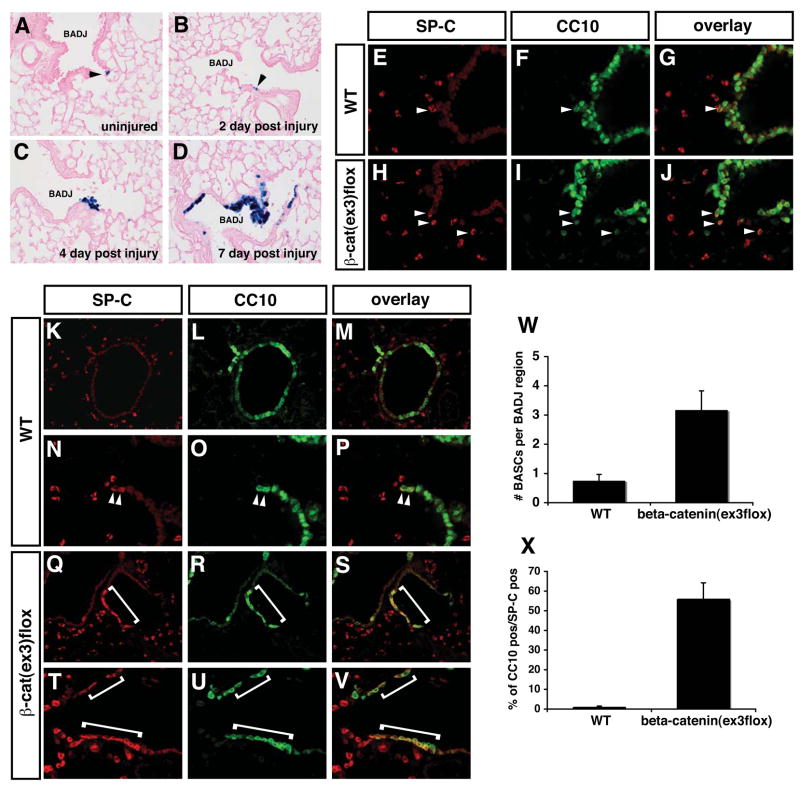Figure 6. Canonical Wnt signaling is activated upon lung regeneration and forced activation of Wnt/β-catenin signaling leads to expansion of BASCs.
BAT-GAL mice were subjected to naphthalene based lung airway injury to induce airway regeneration. In uninjured mice, only rare lacZ positive cells were observed in the BADJ region of the airways (A, arrowhead). After naphthalene injury and during the epithelial regeneration process, a dramatic increase in lacZ staining indicating increased canonical Wnt signaling is observed in cells within the BADJ niche were BASCs reside (B–D). SP-C/CC10 co-staining shows that BASC numbers are increased in the BADJ region of β-cateninΔex3:CC10/cre mice (E–J, arrows and W). Seven days after naphthalene induced lung injury and regeneration, a significant increase in BASC number is observed in β-cateninΔex3:CC10/cre mice (K–V, compare arrowheads to brackets). Quantitation reveals that approximately 50% of the cells regenerating in the bronchiolar airways are SP-C/CC10 double positive BASCs (X).

